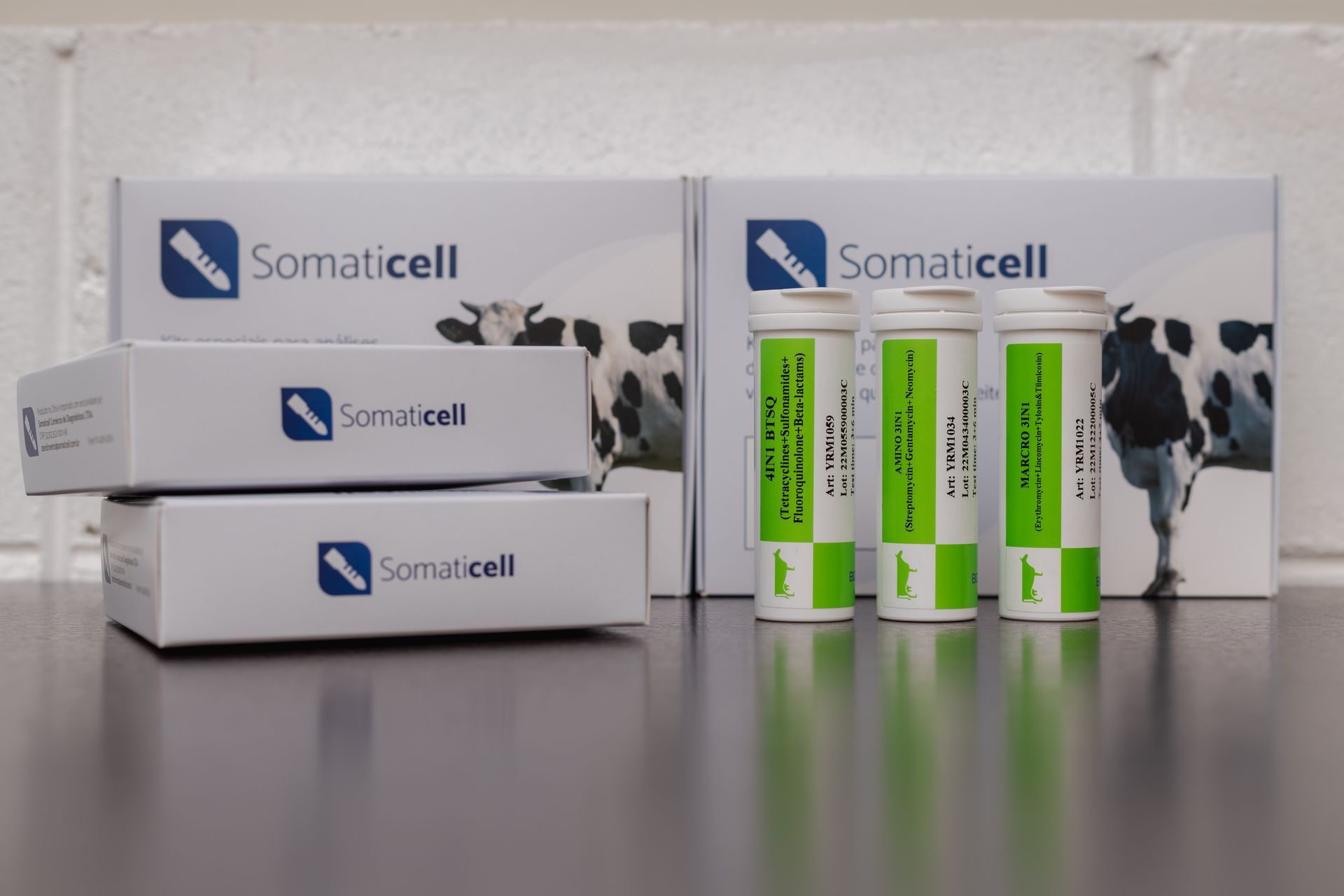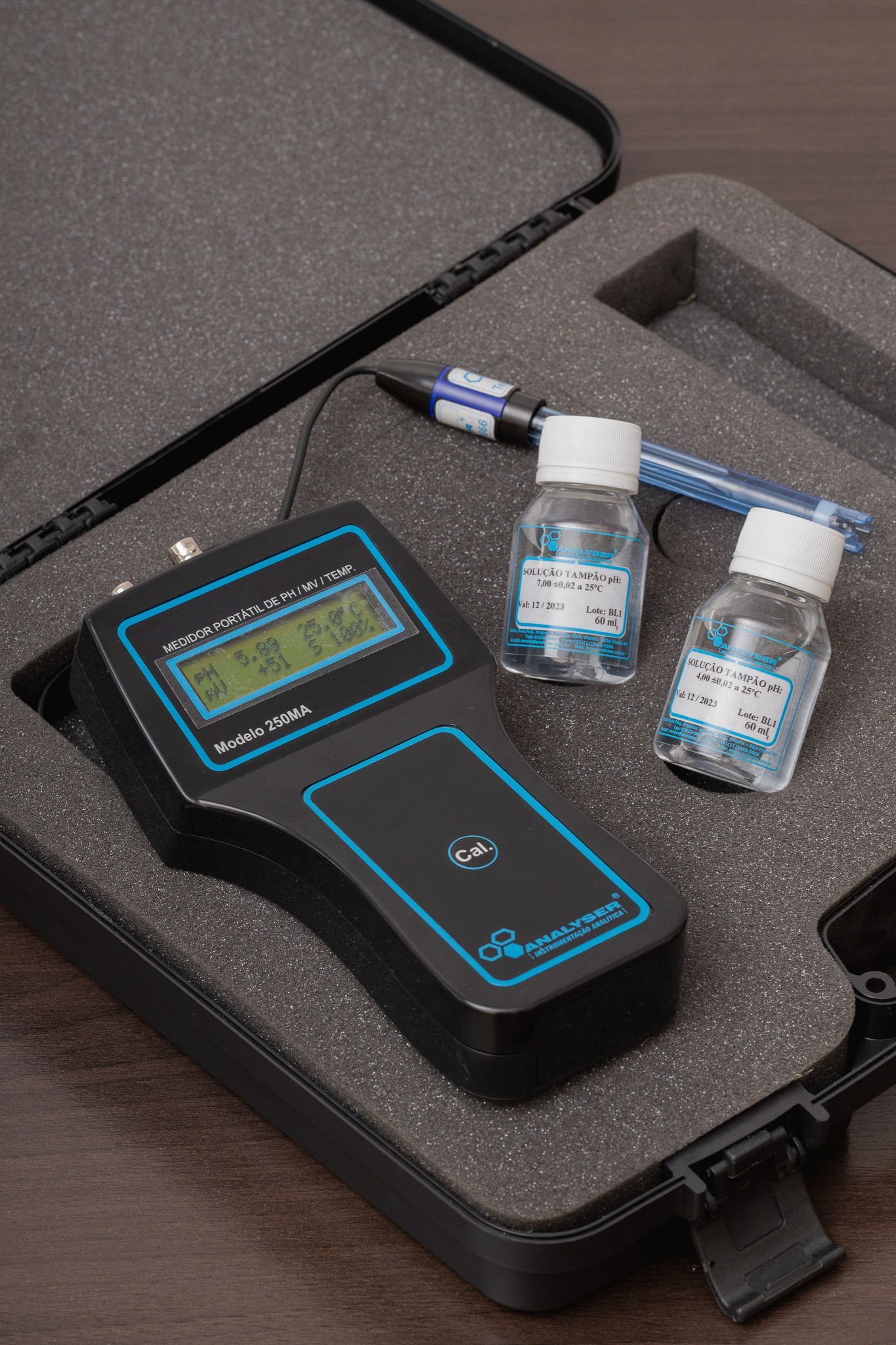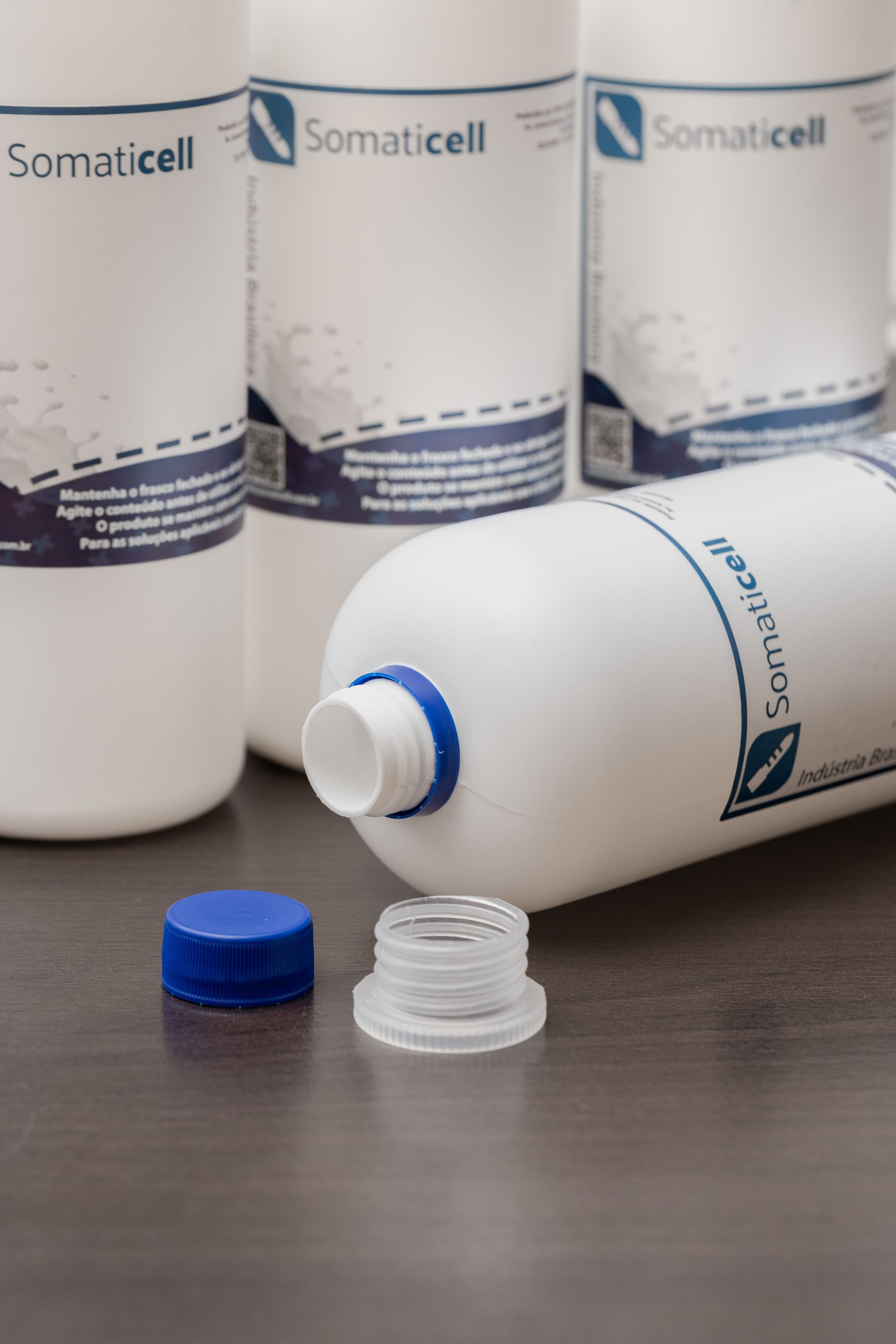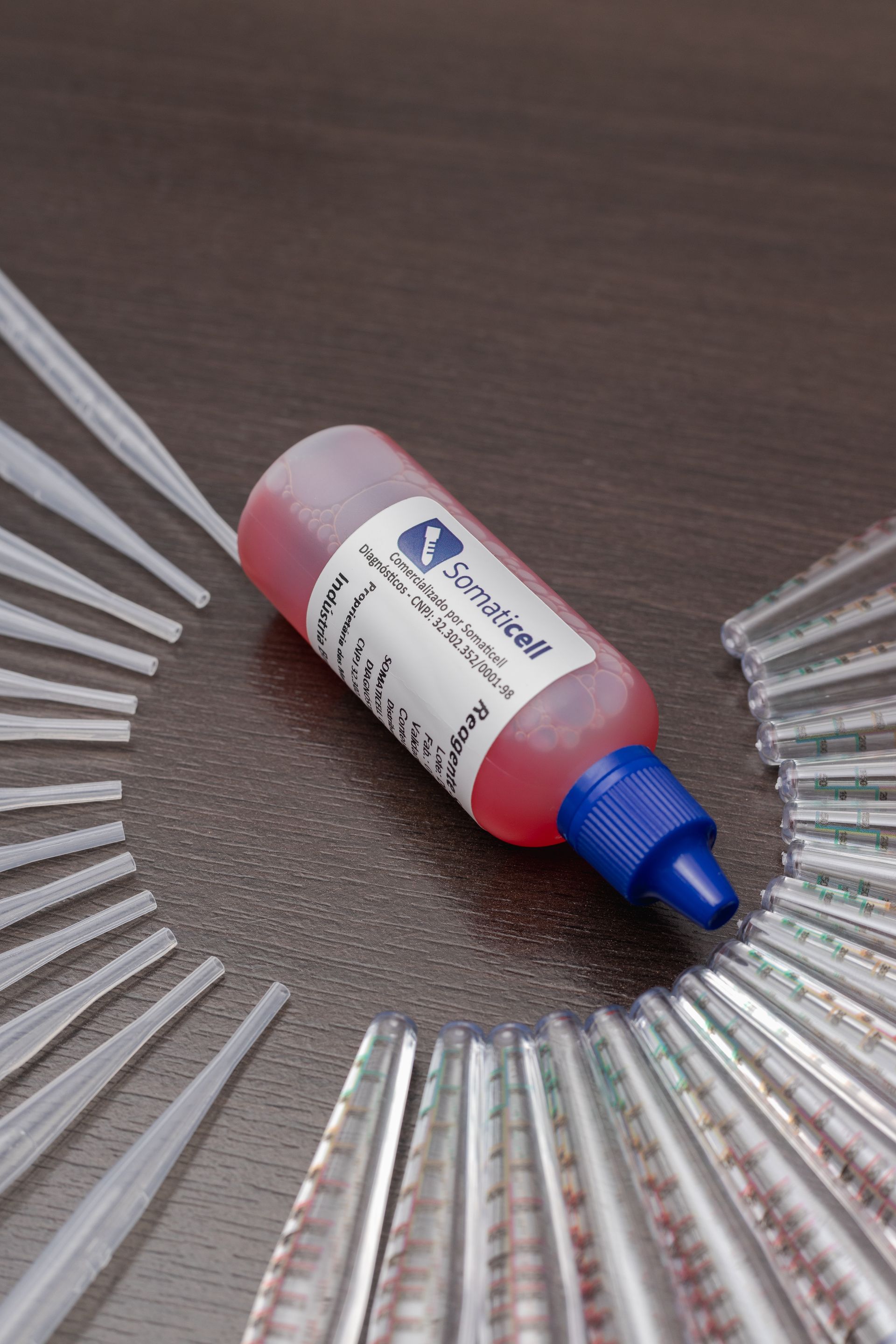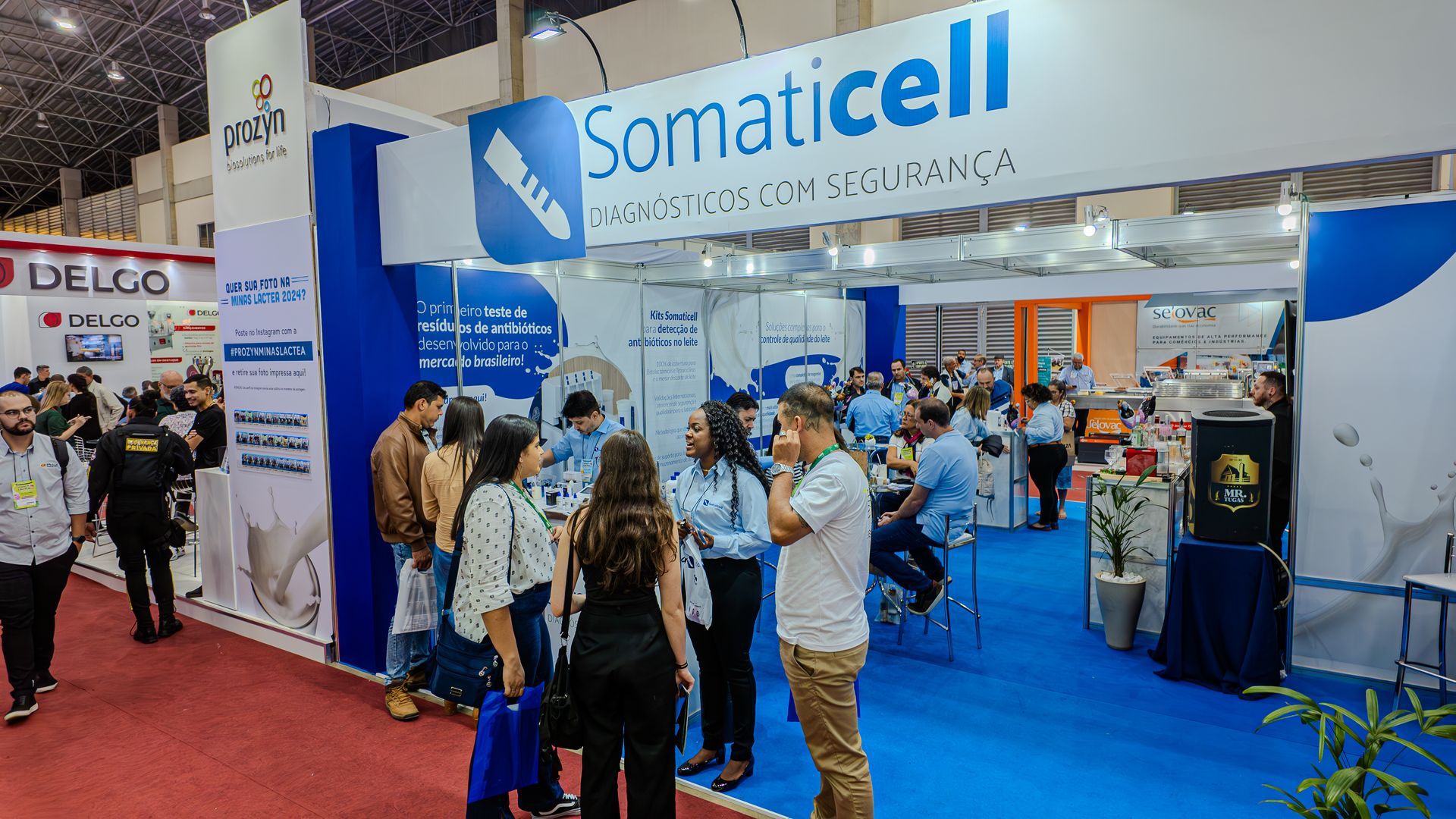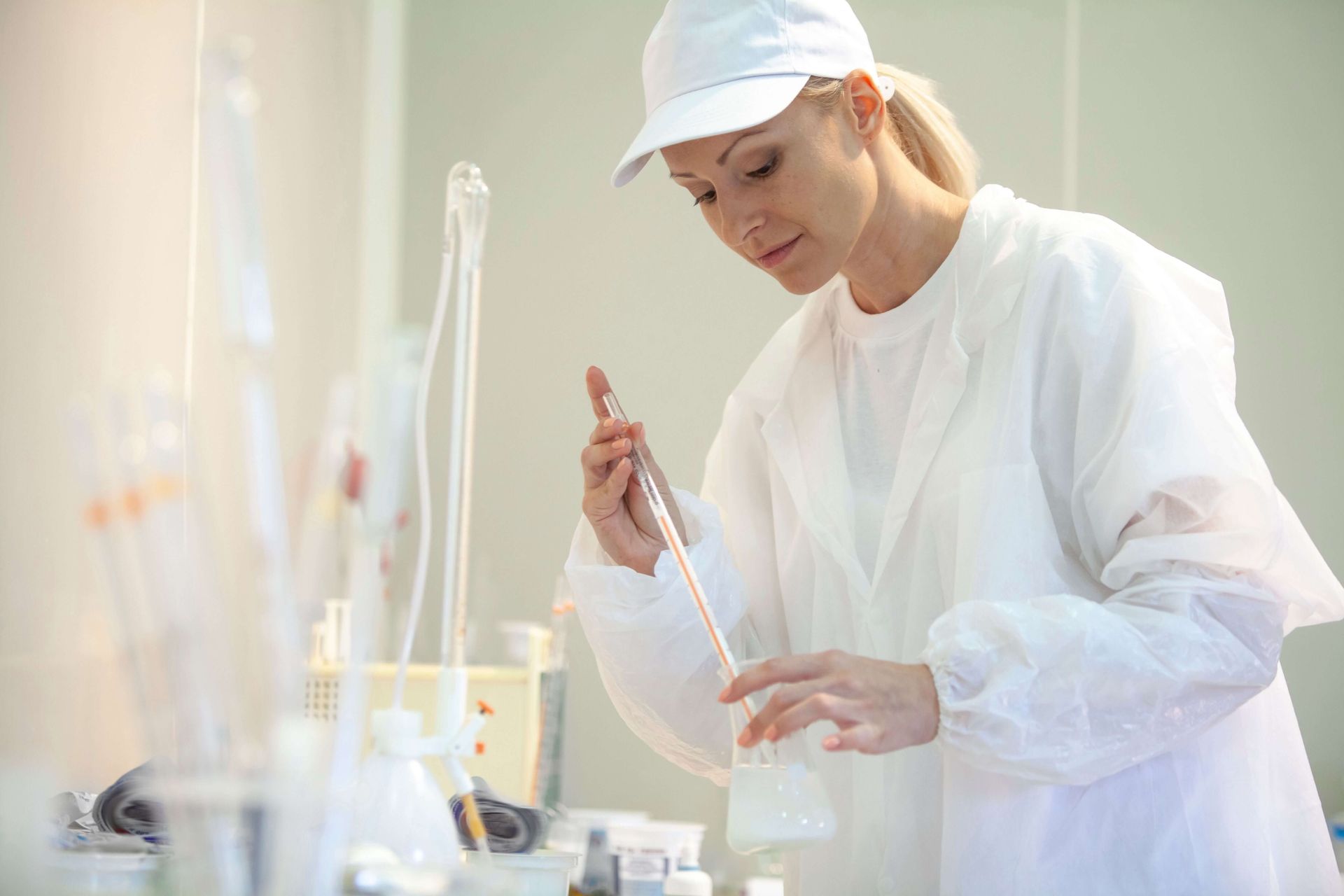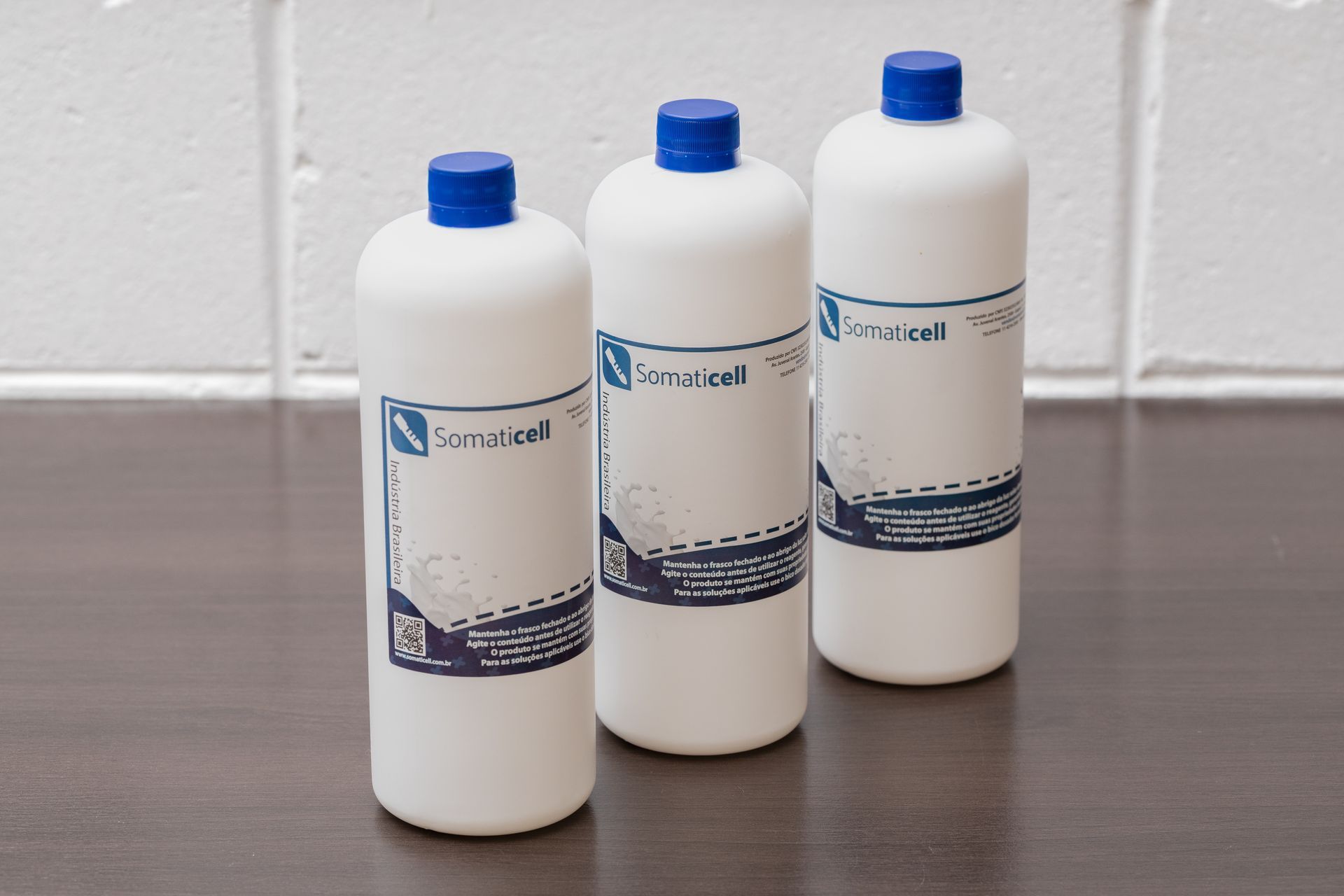Milk quality: how CCS and CBT interfere in the production of milk and derivatives
A good raw material directly influences the yield of dairy products in the industry
One of the main activities of Brazilian agribusiness is milk production. The country is one of the main producers in the world, maintaining an economic activity that generates jobs and capital for Brazil.
Nesse tipo de produção, um fator extremamente importante é a qualidade do leite, e essa qualidade, inclusive, define os valores de remuneração dos produtores, os quais recebem um pagamento maior pelo litro de leite de acordo com o padrão de qualidade.
Neste quesito, o Governo Federal tem destacado que é fundamental manter esses níveis de qualidade. Por isso, o Ministério da Agricultura Pecuária e Abastecimento (Mapa), criou as Instruções Normativas de Nº 76 e 77, estipulando padrões e boas práticas para elevar a qualidade do leite cru e seus derivados.
And this concern is not for nothing, as a good raw material, which follows the quality parameters stipulated for raw milk, directly influences the yield of dairy products in the industry.
Isso diz respeito, principalmente, à Contagem de Células Somáticas (CCS) e à Contagem Bacteriana Total (CBT).
Want to know why? Then check out the topics we separate in this article. You will understand why CCS and CBT influence the yield of milk and its derivatives. Here's what you'll find in this reading:
- CBT: the risks of a high bacterial count in milk;
- CCS: its influence on milk quality;
- Interference in the yield of milk and derivatives;
- General parameters to be followed;
- How to guarantee the yield of these products?
CBT: risks
The Total Bacterial Count (TBC) is one of the main parameters stipulated by safety regulations in the production of milk and its derivatives.
Through CBT it is possible to determine the level of contamination of milk with microorganisms. Many of them are naturally part of the animal's udder biota.
However, some contaminate the milk and are enhanced by inadequate conditions of hygiene in milking, equipment without proper cleaning, facilities without proper care, among others.
These microorganisms can also multiply due to inadequate conditions of refrigeration, time and transport of the milk.
Complex microbiota
The microbiota present in the udder and milk of the cow is very complex. The main bacteria present are capable of developing in low temperature environments such as lactic, psychrotrophic, sporulated, coliform and pathogenic.
The problems presented by pathogenic microorganisms put the health of the consumer at risk when ingesting milk in natura or that has gone through a pasteurization process without the necessary criteria. If this occurs, the derivatives will consequently also be contaminated.
As most dairy consumers are children, who are still forming their immune system, this is a factor that deserves increased attention. In addition, pathogenic microorganisms can also transmit zoonoses.
It is important to pay attention to the microorganisms present in milk and where they originate. Generally, high CBT values develop more quickly through changes in hygiene protocols, both in the animal before milking and in the equipment used in the process.
De acordo com as Instruções Normativas Nº 76 e 77 do MAPA, os valores máximos permitidos para o parâmetro de CBT é de 300 mil UFC/ml de leite.
In cases where the quarterly geometric mean is higher than what is provided for in the legislation, milk collection on the property may be interrupted.
Thus, the lack of care causes several risks, both for the health of the consumer and for the businesses of those who produce and process the milk.
CCS: its influence on milk quality
Another key variable in milk quality is the Somatic Cell Count (SCC). They are directly linked to the health of the animal and the situation of its immune system.
Such cells are present both in the milk of healthy and sick animals, as they are composed of desquamation cells of the mammary epithelium and defense cells.
However, when there is something wrong with the animal's health, the defense cells increase, impacting the CCS.
One of the main problems of high CCS is the likely occurrence of mastitis. Mastitis is an inflammation of the animal's mammary apparatus.
This disease directly affects production, causing a drop in quality indices, since it interferes with the physicochemical characteristics of the milk, in quantity, as well as in the raw material processing processes.
Mastitis becomes a major problem when it reaches a large part of the herd, as it is an infectious condition in the mammary gland that interferes with the permeability of the secretory parenchyma. This causes a smaller amount of nutrient in the alveoli for milk secretion. As a result, less milk is produced.
To meet health parameters, healthy cows have SCC values of up to 200.000 cells/mL of milk.
Any higher value already indicates that there is some imbalance in the mammary gland, usually due to mastitis.
The problem is extremely serious, because in cases where SCC remains chronically high, the tendency is for the animal to be discarded from the herd. Which characterizes a negative impact on the producer's costs.
Thus, CCS proves to be an important way of verifying the health of the mammary glands of cows, in order to adopt the best strategies to solve this problem that significantly impacts milk production.
See in the topic, below, how CCS and CBT influence the yield of milk and dairy products.
Interference in the yield of milk and derivatives
We have already seen in previous topics that the microbiological and physical-chemical characteristics of milk play an important role for the dairy industry, both in the sense of values attributed to products, as well as in their production and yield.
But how does this interference with production yield take place? How do CBT and CCS contribute to the lower yield of milk and its derivatives? Let's start with the microbiological factors that act in this interference.
Microorganisms classified as lactic acid bacteria are no longer beneficial when they are in large numbers. This occurs due to the production of lactic acid from the metabolization of lactose.
Dessa forma, o pH do leite é reduzido, provocando a precipitação das caseínas, o que interfere na coagulação e nas características sensoriais e, principalmente, na termorresistência do leite. Esse processo interfere na pasteurização realizada na indústria, sendo um fator de redução da qualidade e rendimento do produto.
Likewise, psychotrophic bacteria intensify the problems, as their multiplication can occur at lower temperatures. This factor greatly reduces the shelf life of dairy products.
Furthermore, psychotropic bacteria manage to produce enzymes – lipases and proteases – which cause the degradation of the protein and lipid material of derivatives. Its action results in the bitter taste of milk and an increase in the viscosity of the product.
Certainly, products that suffer from this action lose their quality and may even be discarded, impacting production yield.
Coliforms or fecal bacteria
Another problem is the coliforms or bacteria of intestinal origin (enterobacteria), since they clearly represent an inadequacy of the conditions in the milking. These coliforms metabolize lactose and produce substances which, together with lactic acid bacteria, make milk acidic and interfere with the clotting process.
Some of these microorganisms also interfere with the manufacturing process of long-matured cheeses, deteriorating the formation of aromas and flavors typical of each type of cheese.
Thus, high levels of CBT influence the quality of milk and its derivatives. Reducing productivity and throughput. Either because of the large production of lactic acid or because of the undesirable pH and acidity.
With regard to high SCC, when there is an infected quarter in the mammary gland, smaller amounts of nutrients reach the alveoli, which is reflected in the lower production of milk and, as a resultant effect, of its derivatives.
The problem affects, above all, the processes in the industry. Since, due to the increase in milk clotting time, there is greater loss of the component to the whey, which causes lower yield, changes in organoleptic characteristics, texture problems, and loss of fat and soluble protein.
These problems affect the manufacture of cheese, yogurt, butter and powdered milk. In butter, there is an increase in rancidity and in milk it interferes with sensory characteristics.
It is noteworthy that in cases of mastitis there may be large concentrations of antibiotics, which may lead to the presence of resistant bacteria, becoming a public health problem.
General parameters to follow to maintain good milk quality
Milk quality is fundamental not only to ensure productivity and yield, but also to ensure profitability and safety with the integrity of the products supplied.
For this to be possible, it is essential to follow the parameters stipulated by the Map. Including to comply with quality regulations.
Among the instructions, the regulations establish general care in the production, storage of milk, transport, industrialization, physical-chemical and microbiological quality standards.
It is crucial that those involved in the delivery of milk and its derivatives are committed to meeting the parameters, seeking continuous improvement programs.
After all, these programs bring benefits to all stakeholders, from the producer, who will benefit from higher yields and increased remuneration proportional to quality, to the industry, which will be able to reduce manufacturing costs and extend the shelf life of its products. .
The validity of these arguments can be verified by observing the difference between the shelf life of pasteurized milk consumed in Brazil and that consumed in European countries and the United States. While in Brazil, the average validity is from 3 to 5 days, the American and European products can last up to 21 days. The reason is that the legislation of countries in the European Union provides for a stricter limit of 100.000 CFU/mL for raw milk intended for processing.
In order for milk and its derivatives to have a higher yield in production and preserve quality, there are some strategies that can be applied. Continue reading to find out what they are.
How to guarantee the yield of these products and the quality of the milk?
Even if it is a challenging task, following some standards with effective strategies can effectively help reduce CBT and CCS, ensuring greater yield of milk and its derivatives.
For CBT, we highlight the main measures to prevent contamination:
- Use of treated and chlorinated water for all procedures, including cleaning and sanitizing the milking equipment complex;
- The milker should always maintain good personal hygiene;
- Maintenance of a clean milking environment;
- Use milking equipment in good working order;
- Be rigorous in cleaning the milking equipment after each procedure performed;
- Always clean the tanks after collecting the milk.
Regarding the reduction of CCS, the main conduct is the prevention of mastitis. Therefore, you must:
- Have maximum hygiene during milking, using clean, disinfected equipment and without dispensing with always clean hands and the use of gloves;
- Always check the first 3 or 4 squirts of milk in a container with a dark bottom, in order to check for the presence of blood, pus or watery milk. If this occurs, it will be necessary to separate the animal;
- Clean the teats with a bactericidal solution before milking;
- Attach the teat cups to clean and dry teats;
- Regulate the vacuum pump to prevent problems in the ceilings;
- After milking, dry with a paper towel or other suitable means;
- Clean teats after milking;
- Feed the cows right after milking so they remain standing;
- Discard animals with chronic mastitis immediately;
Notes
Make notes of the monitoring of the animals, in order to have important information, such as identification of cows with clinical mastitis and evaluations of their treatment and medical condition.
By taking these precautions, it is possible to reduce quality problems and promote the highest yield of milk and its derivatives.
It is important to emphasize that, even with all hygiene care, contamination will occur. However, with adequate and immediate refrigeration after milking, it is easier to inhibit the proliferation of bacteria.
Do you understand how CBT and CSS influence the performance of these products?
Se você precisa de ajuda com a qualidade desses processos, conte com a Somaticell. Desenvolvemos soluções únicas para a qualidade de produtos lácteos, minimizando perdas no mercado.

Discover our App

Our Educational Videos
Somaticell on Social Networks



